The Psychology of Color in Digital Branding: Making Your Mark in the Digital Marketing World
Color psychology in digital marketing is a brand’s secret to connecting with us. Have you ever wondered why your favorite brands have specific colors in their logos and ads? It’s not random; they have good reasons. Colors affect how we feel and act.
Studies show that 85% of shoppers pick products based on color. When you visit a website or see an ad, the colors can make you stay or leave. So, marketers must know which colors to use for different goals and audiences. Red vs. green buttons, for example, can change how many people buy something. Colors can tell a story and grab our attention, making digital brand marketing services more exciting.
Exploring the Impact of Colors on Branding
Take a closer look at how colors influence various brands:
1) Red
Red is a timeless choice in marketing for a reason. It’s strategically deployed to grab consumers’ attention and halt them in their tracks. This is why it’s often used for eye-catching call-to-action buttons. Red caters to impulsive shoppers, stirring up intense feelings of excitement, strength, and love.
It’s no surprise that a streaming giant like Netflix incorporates red into its branding, as the platform offers a wide array of content that elicits powerful emotions in its viewers.
2) Blue
Blue instils trust, strength, and reliability, but its shade matters in digital marketing. Lighter blue is more consumer-friendly than darker shades, which can convey unintended messages. Versatile and associated with trust and security, it’s favored by financial institutions. They use blue in their online branding to assure consumers they can trust them for hard money loans.
3) Green
Green symbolizes nature, health, and a sense of calm, creating serene vibes. It’s easy on the eyes and conveys freshness, hope, and growth. Dark green suggests wealth and stability. Brands emphasizing “green,” natural, fresh, or organic products often incorporate this hue.
CNBS, an educational cannabis resource, taps into green associations by using it in its blog and resources, educating readers about cannabis and its natural health advantages.
4) Yellow
Yellow represents happiness, positivity, and optimism, symbolizing cheerfulness, youth, and clarity. Brands often use a hint of yellow in website backgrounds to evoke a positive vibe and boost engagement.
Nikon skillfully integrates yellow into its online marketing and branding, conveying that their products capture joyful, youthful moments with crystal clarity.
5) Purple
Purple is linked to nostalgia and sentimentality, while darker shades suggest luxury and loyalty. It’s a favored choice for imaginative and creative design brands aiming to convey innovation and expressiveness.
Hallmark incorporates purple in its logo and online branding to symbolize their creative and entertaining cards and products.
Utilizing color psychology is crucial in digital brand management services. Thoughtful color choices can enhance brand appeal, connect with the target audience, and boost sales and loyalty. Select colors that reflect your brand’s essence and evoke desired emotions for an impactful online presence in a competitive marketplace.
